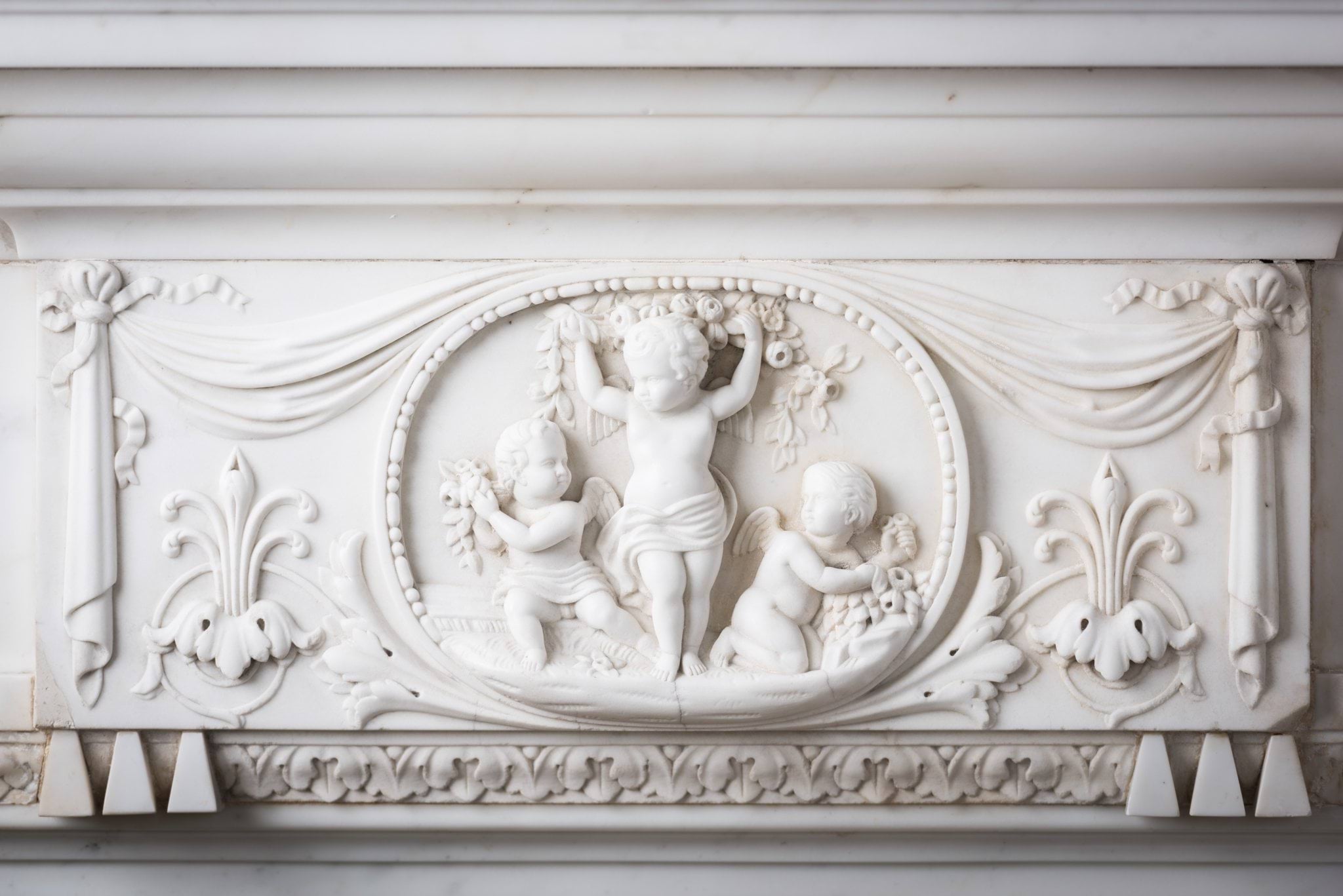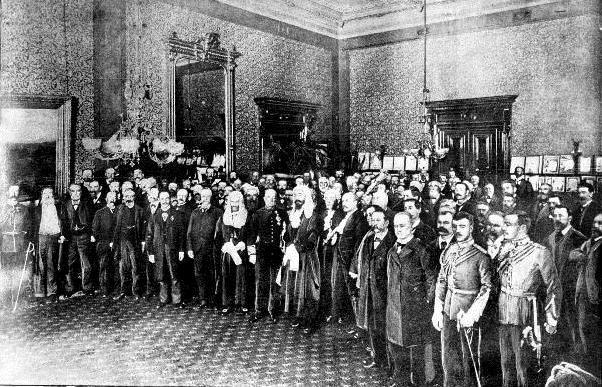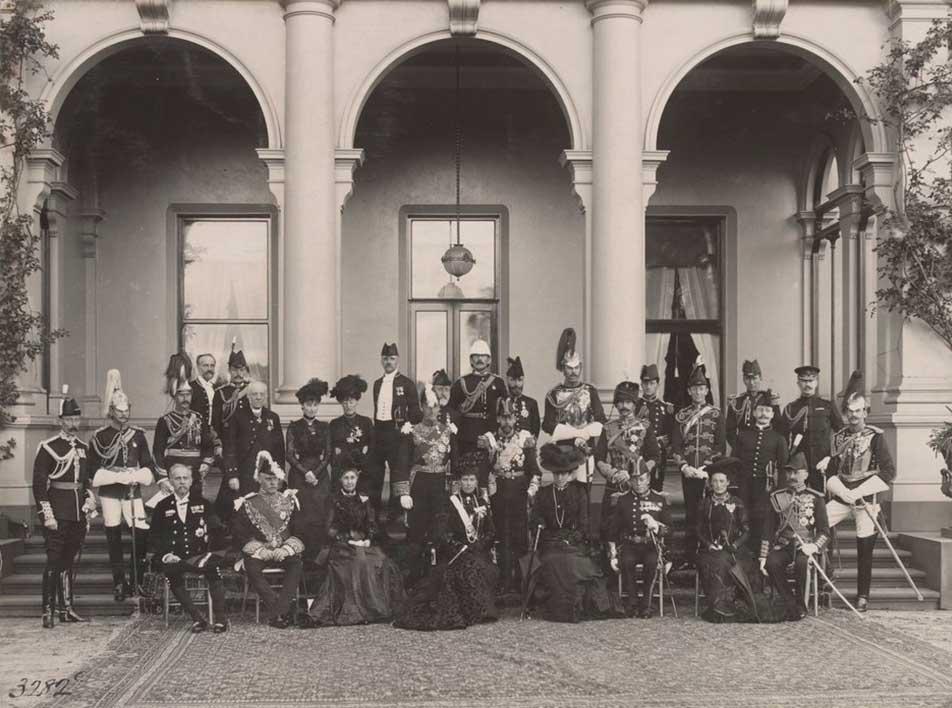Victoria’s constitutional democracy is one of the longest standing continuous democracies in the world and the Governor plays an important role within it
Overview of Australian Governments
The Commonwealth of Australia is a federation, a parliamentary democracy and a constitutional monarchy. Each of these terms describes a different aspect of how Australia is governed.
Australia became a federation on 1 January 1901, when the people of the six Australian colonies, together with the British Parliament, decided that there should be a federal government for the whole nation as well as a government in each of the States (as the colonies were renamed).
The power to govern was divided between the duly elected Federal and State Governments in accordance with the Australian Constitution, which also came into effect on 1 January 1901. It was assumed that the reigning Monarch of the United Kingdom would be Head of State of the Commonwealth and of each of the States.
The Commonwealth and States each have a parliamentary system of government based on democratic election and the Westminster system of government.
King Charles III is The King of Australia and therefore Head of State of the Commonwealth and of each of the States. The Governor of Victoria, like the Governor-General of the Commonwealth and the Governors of the five other States, is appointed to represent The King in the Governor’s own jurisdiction. Although a State Governor is not subordinate to the Governor-General, as a matter of courtesy the Governor-General is treated as 'first among equals.'
Overview of State Government
Under the Westminster system the government of Victoria is comprised of the following three constituent parts:
- Parliament: which makes the majority of the laws in Victoria. It consists of the Crown, the Legislative Council (the Upper House) and the Legislative Assembly (the Lower House).
- The Executive: which comprises the Premier as Head of Government and his or her Ministers. Unlike in the United States, for example, members of the Executive in Victoria are also Members of Parliament.
- The Judiciary: which resolves disputes between citizens, and between the State and its citizens. Except where affected by decisions of the High Court of Australia, the Supreme Court of Victoria adjudicates the law in Victoria.
Executive Council and Governor in Council
The Executive Council is made up of the Premier and his or her Ministers who have been sworn into that office by the Governor, usually immediately after they have been sworn in as Ministers.
The ‘Governor in Council’ is an important process through which the government of the day implements aspects of its business. As the name suggests, Governor in Council is a body that comprises the Governor as Chair and members of the Executive Council.
At meetings of the Governor in Council the Governor, on the recommendation of a Minister and with the advice of the Executive Council, deals with a wide range of matters that Parliament has specified be handled in that way rather than by a Minister acting alone.
These matters include:
- the making of regulations
- appointing, renewing and removing statutory officers
- appointing judges
- determining the appropriate use of Crown land
- issuing proclamations
- many other actions of government.
The birth of Australian Federation in Melbourne
The 1901 Constitution stated that the future federal capital would be in New South Wales, but that the Federal Parliament ‘shall sit at Melbourne until it met at the seat of Government.' This meant the Governor-General would reside in Melbourne during this period.
An arrangement was reached for Government House, Melbourne, to be the official residence of Australia’s first Governor-General and for the State Governor to reside at ‘Stonnington' in Malvern.
Federal Parliament sat in the State Parliament building, and the State Parliament of Victoria sat in the Royal Exhibition Building.
Sydney versus Melbourne in the 1800s
While it was initially expected the Federal Parliament would sit in the Victorian Parliament building for three to five years, it was not until 26 years later in 1927 that the Federal Parliament started sitting in Canberra.
The Age expressed the concerns of Sydneysiders in 1899:
The ‘impudent assertiveness of Melbourne’ in being the seat of the Federal Parliament and government life had ‘excited the greatest indignation’ among Sydneysiders, according to the report. 'It is feared that Parliament will go on meeting for 10 years or more in Melbourne, and having sittings there will be found so convenient that the Victorian capital will become the permanent seat of the Government.
'... jealousy of Melbourne, the fear that the younger city will outstrip Sydney in the march of development is a positive disease, and no assurance that the sinister designs alleged against your capital exist only in the heated imagination of the Sydney people will calm the universal trepidation.'
Special ceremony to mark the new Commonwealth of Australia
A ceremony presenting to the Governor Lord Brassey ‘the address to Her Majesty the Queen, praying for the establishment of the Commonwealth of Australia’ took place at Government House, Victoria, on 16 August 1899, before about 80 representatives of both Houses of Parliament.
Normally such a presentation would have taken place at the old Treasury buildings before a small number of members, however The Age said it was felt that 'the closing scene of the federal fight was worthy of special demonstrations.'
I rejoice that the closing stage of my public life has been associated with a movement which, as far as in me lay, I have earnestly striven to help forward. ~ Governor Lord Brassey, The Age, 17 August 1899
Home to the nation’s first Governors-General
Federal Government House in Melbourne was the residence of the nation’s first Governor-General, the Earl of Hopetoun, and the following seven Governors-General.
On 29 October 1900, Queen Victoria issued Letters Patent establishing the office of Governor-General, and also issued instructions to Lord Hopetoun.
When Hopetoun arrived in Melbourne to take up the role, he was familiar with Government House – he had lived there from 1889 to 1895 when he was Governor of Victoria.
On 1 January 1901, at an inauguration ceremony in Sydney, Lord Hopetoun took the oaths of office and then swore in the nation’s first Prime Minister Edmund Barton and his Cabinet which consisted of the four previous Premiers of Victoria, New South Wales, Western Australia and Tasmania. View footage of the ceremony(opens in a new window).
The rental arrangement
The Victorian Government initially provided the house rent-free, however in 1906 it imposed annual rent of £3,000.
In 1930, following lengthy negotiations, the Federal Government paid between £20,000 – £25,000 in a lump sum compensation to the State to end the lease 8 years' early.
In 1931, the first Australian Governor-General, Sir Isaac Isaacs, was appointed and was the first to live permanently at Yarralumla in Canberra.
Governors-General who lived at Government House
- 1901 to 1903: Rt Hon John Adrian Louis Hope, 7th Earl of Hopetoun,(opens in a new window) KT, GCMG, GCVO, PC (ADB Online, Chris Cunneen) Hopetoun, Scotland, UK
- 1903 to 1904: Rt Hon Hallam Tennyson, 2nd Baron Tennyson,(opens in a new window) GCMG, PC (ADB Online, Roma D. Hodgkinson) Twickenham, England, UK
- 1904 to 1908: Rt Hon Henry Stafford Northcote, 1st Baron Northcote,(opens in a new window) GCMG, GCIE, CB, PCt.
- 1908 to 1911: Rt Hon William Humble Ward, 2nd Earl of Dudley(opens in a new window), GCB, GCMG, GCVO, TD, PC
- 1911 to 1914: Rt Hon Thomas Denman, 3rd Baron Denman(opens in a new window), GCMG, KCVO, PC, JP
- 1914 to 1920: Rt Hon Sir Ronald Craufurd(opens in a new window) Munro-Ferguson, (opens in a new window)GCMG, PC
- 1920 to 1925: Rt Hon Henry William Forster, 1st Baron Forster,(opens in a new window) GCMG, PC, DL
- 1925 to 1931: Rt Hon John Lawrence Baird, 1st Baron Stonehaven,(opens in a new window) GCMG, DSO, PC, JP, DL
Updated


